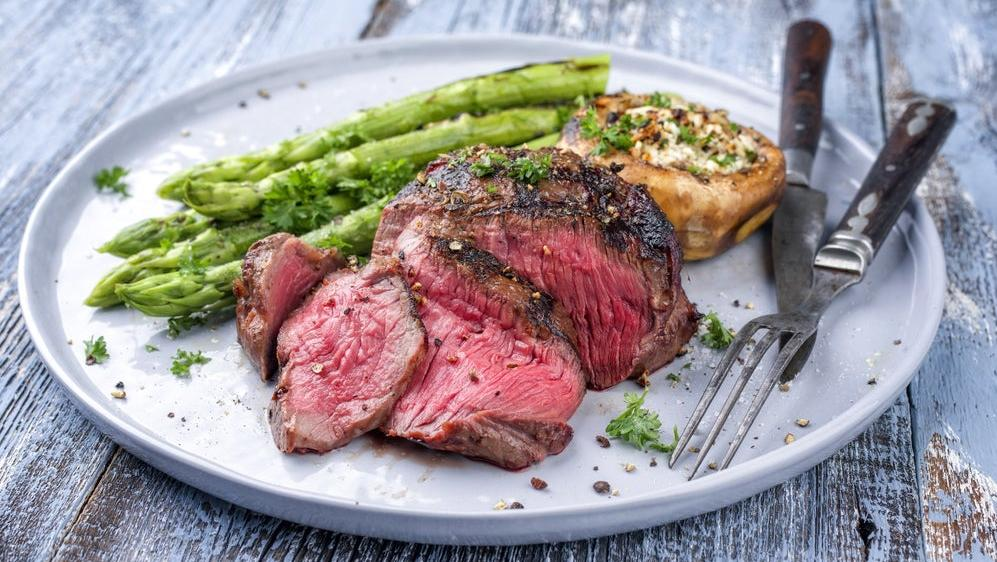Everything Americans Don't Know About Steak
We tend to have little understanding of how our favorite meat is sold to us.
Chicago meat purveyor Meats by Linz has released the results of a new survey that polled consumers about their beef-eating habits and their overall impressions of steak. One thing's for sure: Americans really like steak. The rest of the findings, however, are a little fuzzy.
Of the 1,084 American consumers surveyed for the 2022-23 Consumer Steak Report, 70% said steak was one of their favorite foods. A good amount of those people really love steak: 64% said they'd like steak to be included in their last meal—as in, last meal on earth—and 47% said they'd eat steak three times a week if they could. So far, these findings are all in line with what a meat purveyor would publicize.
Interestingly, though, for as many steak enthusiasts as the survey found, a large contingent of those people also said that they don't know much about USDA grading for steak (53% of respondents), yet they look for a USDA label while shopping for beef. This indicates that these consumers know there's something to the grading system. They just aren't quite clear on what, or why it matters.
What USDA beef grades mean
In case you're among those Americans who are clueless about what "grade A beef" means, the US Department of Agriculture has several grades for beef. Beef grading is a two-pronged process that looks for both quality of meat (tenderness, juiciness, and flavor) and the amount of usable lean meat on a carcass. The grades are: Prime, Choice, Select, Standard and Commercial, and Utility, Cutter, and Canner.
Prime meat is "produced from young, well-fed beef cattle" and "has abundant marbling." Prime beef is what we typically eat in nice restaurants or at fancy hotels. Choice beef is also high quality, but has less marbling, indicating less fat distributed throughout the lean meat.
"Choice roasts and steaks from the loin and rib will be very tender, juicy, and flavorful and are suited for dry-heat cooking," says the USDA. "Many of the less tender cuts can also be cooked with dry heat if not overcooked. Such cuts will be most tender if braised, roasted or simmered with a small amount of liquid in a tightly covered pan."
Select grade has even less marbling than Choice, meaning an overall leaner cut of meat. It's the same progression on down: Standard and Commercial grades are leaner still. According to the USDA, these cuts are often sold as "store brand" or "ungraded" beef. Utility, Cutter, and Canner grades, meanwhile, are rarely sold as retail steaks. They're used to make ground beef or other processed products.
The next time you're shopping for steak, maybe you'll have a slightly better idea of what you're paying for—the majority of you seem to really value this stuff, after all. Look for the USDA shield on the package while feeling confident that you know what it means. That'll make you a rarity here in the United States, apparently.
